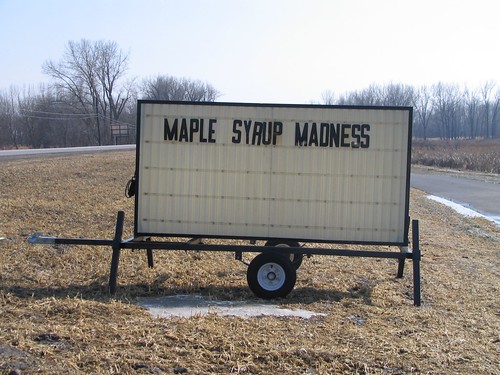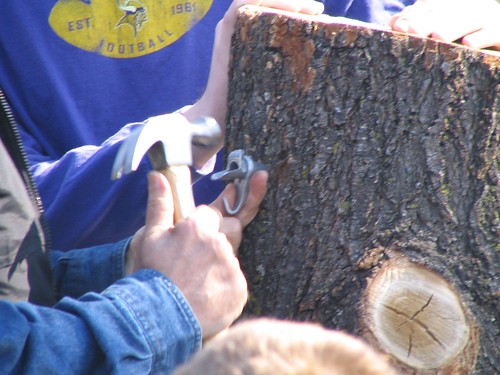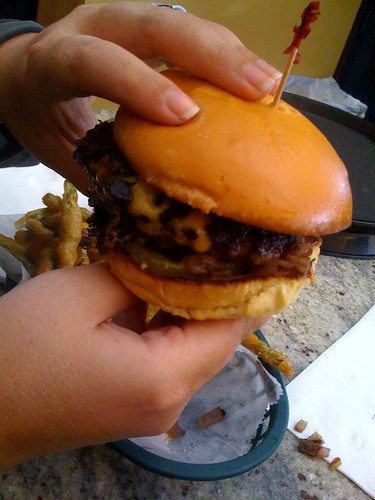This week, all residents of Minneapolis are encouraged to drink Minneapolis tap water in lieu of bottled water.
Why? Mayor Rybak has declared March 22, 2009 World Water Day and March 22nd-28th World Water Week.
The skinny from the Tap Project web site:
Started in 2007 in New York and launching in 2009 in Minneapolis the program takes place during World Water Week, March 22 to March 28, 2009, and asks diners at participating restaurants to donate $1 or more for the tap water they usually enjoy for free.
The funds go directly to provide clean water and filtration systems to those in need, across the country and around the world. Your dollar contribution will provide clean water to a child for 40 days.
The Tap Project brings to Minneapolis an incredibly simple concept to encourage restaurant patrons to help bring clean and safe water to the children of the world,said Mayor Rybak.
Let's challenge others through our example. In addition to donating at local restaurants during this week, I encourage Minneapolis resident's to drink tap water in lieu of bottled water. Let's make sure this precious commodity is available for generations to come.
During this week all residents of Minneapolis are encouraged to drink Minneapolis tap water in lieu of bottled water. Minneapolis water is a safe, clean, delicious and environmental friendly alternative. In addition, all Minneapolis residents are encouraged to use only as much water needed to ensure that this precious commodity is available for generations to come.
Participating restaurants include:
Solera
Barrio
A La Salsa
Mission American Kitchen & Bar
Red Stag Supperclub
Nick and Eddie
Jade Asian Restuarant & Bar
Azia Restaurant and Anemonie Sushi
T's
Common Roots Cafe
Bryant Lake Bowl
Restaurant Aura
Barbette
Manny's Tortas
POP! Restaurant
View Restaurant & Bar
Cafe Agri
Big Bowl
Al Vento
Pazzaluna Urban Italian
Dukem
At our house, we filter our water at the tap, so we don't drink much bottled water. However, we do have a weakness for sparkling water, and are looking into methods for making our own at home.
[where: Sustainable Food, St. Paul, Minneapolis, Twin Cities, Minnesota]







